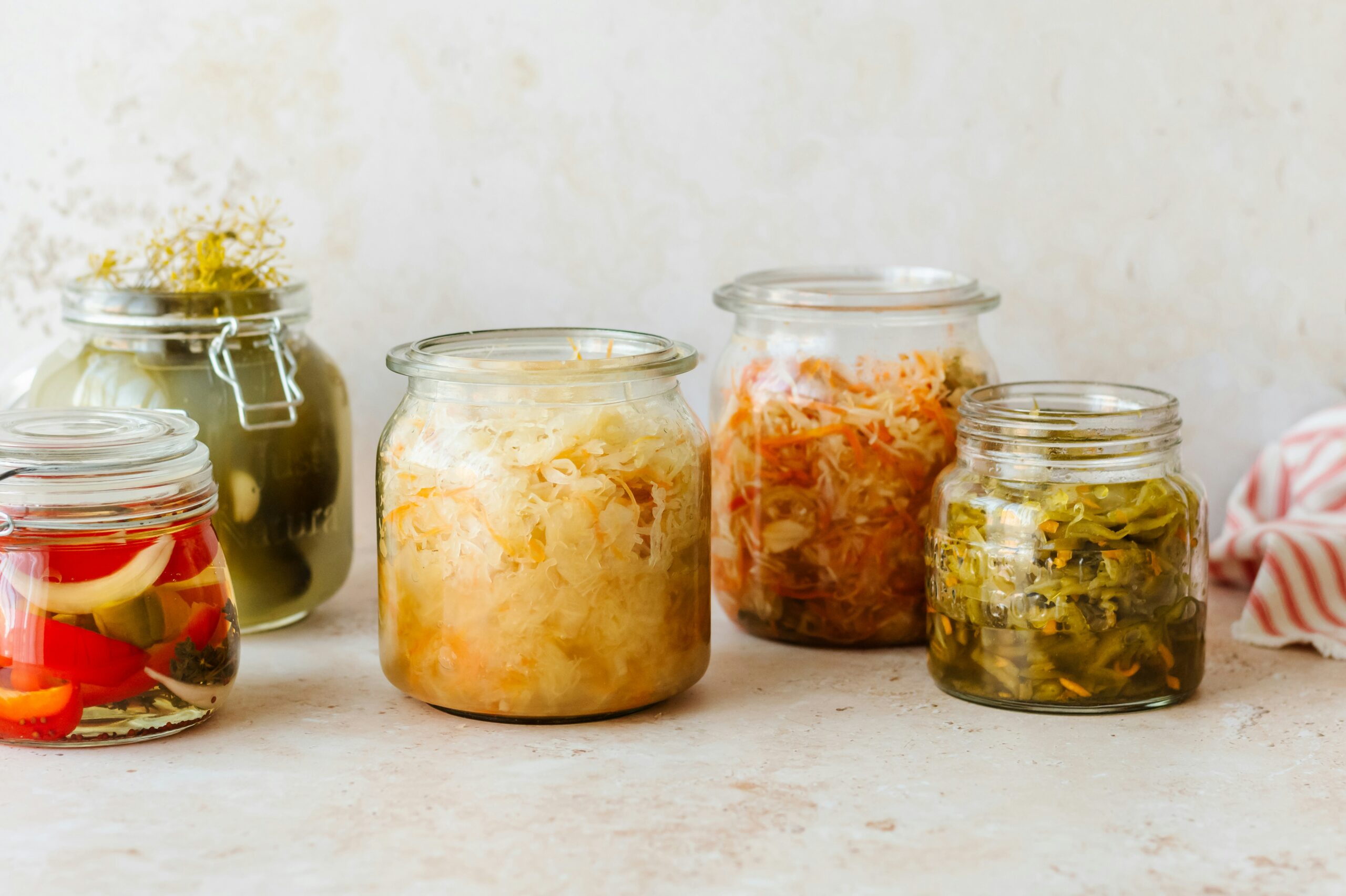
Fermented foods have become all the rage in recent years, and for good reason. These foods, rich in probiotics, are believed to offer numerous health benefits, including improved gut health, stronger immunity, and even better mental clarity. With a growing trend towards self-sufficiency and health-conscious eating, crafting your own probiotic-rich foods at home is easier than you might think. This article explores how to start fermenting your own trendy foods and why they are worth the effort.
The Appeal of Probiotics
Probiotics are live microorganisms that provide health benefits when consumed in adequate amounts. These “good” bacteria help balance the gut microbiota, which is crucial for digestion, immunity, and overall health. In recent years, the interest in gut health has surged, and as a result, fermented foods have moved from niche health foods to mainstream must-haves. Foods like kimchi, kombucha, kefir, and sauerkraut are just the tip of the iceberg when it comes to DIY fermentation projects.
Why Ferment at Home?
While probiotic foods are readily available in most grocery stores today, there are several reasons why fermenting your own at home is an attractive option. First, it allows you to have complete control over the ingredients, ensuring your foods are free from preservatives or additives. Additionally, homemade ferments often pack more probiotics than store-bought versions because they haven’t been pasteurized, which can destroy the beneficial bacteria.
Fermenting at home can also save money. Commercially prepared probiotics can be pricey, but making your own kimchi, yogurt, or kombucha at home requires minimal investment in equipment, and the ingredients are usually affordable. It’s also a fun and creative activity that anyone can enjoy, regardless of cooking experience.
Starting with Simple Ferments
If you’re new to fermentation, starting with simpler projects is a good way to dive in without feeling overwhelmed. Sauerkraut is a classic beginner ferment that requires just two ingredients: cabbage and salt. The salt helps draw out the cabbage’s water, which creates a brine that encourages the growth of beneficial bacteria. After a few days at room temperature, you’ll have tangy, probiotic-packed sauerkraut to enjoy with various meals.
Another easy place to start is with fermented vegetables. You can ferment a variety of vegetables, from cucumbers to carrots, using similar methods. Simply chop the vegetables, pack them tightly into a jar, and cover them with a brine made from water and salt. In just a few days, these vegetables will transform into pickled, probiotic-rich snacks.
Beverages to Try: Kombucha and Kefir
Kombucha and kefir are two of the most popular choices for those interested in fermented beverages. Kombucha, a fermented tea, is tangy and slightly effervescent, with the added bonus of probiotics and antioxidants. The process of brewing kombucha involves fermenting sweet tea with a symbiotic culture of bacteria and yeast (SCOBY), which converts the sugar into alcohol and acids. The result is a flavorful, health-boosting drink.
Kefir, on the other hand, is a fermented milk product similar to yogurt but with a thinner consistency. It’s made by fermenting milk with kefir grains, which are a combination of bacteria and yeast. Kefir is rich in probiotics and can be enjoyed as a drink, smoothie base, or used in recipes that call for buttermilk or yogurt.
The Importance of Patience and Attention
One of the key factors to successful fermentation is patience. Fermented foods require time to develop their flavors and beneficial bacteria, so don’t rush the process. Fermentation is a living, breathing process, and conditions such as temperature and moisture levels play a significant role in the outcome. Always be sure to monitor your ferments and check them regularly to ensure they’re progressing well.
Another essential factor is cleanliness. Contamination by unwanted bacteria can spoil your ferment, so always work with clean hands, utensils, and containers. It’s also important to use non-reactive materials, such as glass jars or ceramic crocks, to avoid any chemical interactions that could affect the fermentation process.
The Health Benefits of Homemade Probiotics
The biggest draw of fermentation is the potential health benefits it offers. Probiotic-rich foods have been linked to improved digestion, enhanced immunity, and even mood stabilization. The live cultures in these foods can support a healthy balance of gut bacteria, which in turn can have a positive impact on overall health.
Moreover, fermented foods are often nutrient-dense. During fermentation, the natural enzymes break down food components, making nutrients more bioavailable for absorption. For example, fermenting dairy can make calcium more easily absorbed by the body, while fermenting vegetables can enhance the absorption of minerals like iron.
The world of fermentation is vast, with endless possibilities for crafting your own trendy probiotic foods. From fermented vegetables to drinks like kombucha and kefir, the possibilities are endless. Not only are these foods delicious and fun to make, but they also offer a wealth of health benefits that support digestion, immunity, and overall wellness. So, why not dive into the fermentation frenzy and start crafting your own probiotics at home today? The process is simple, rewarding, and, ultimately, beneficial for your gut health.